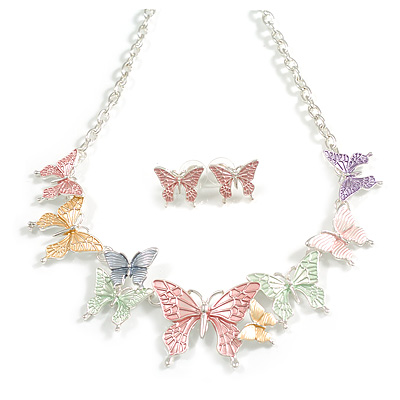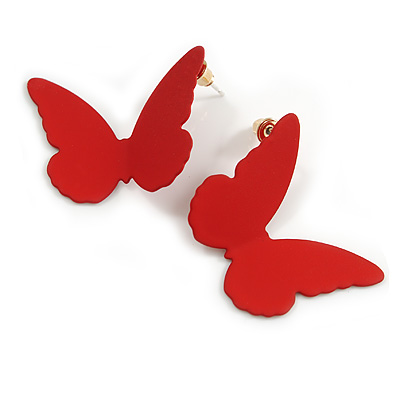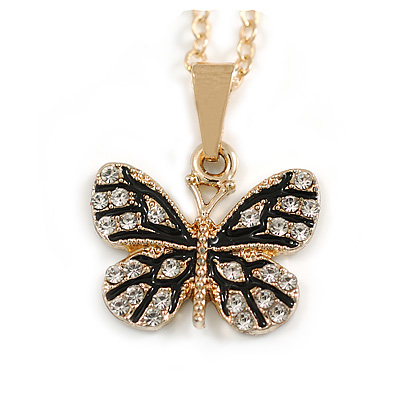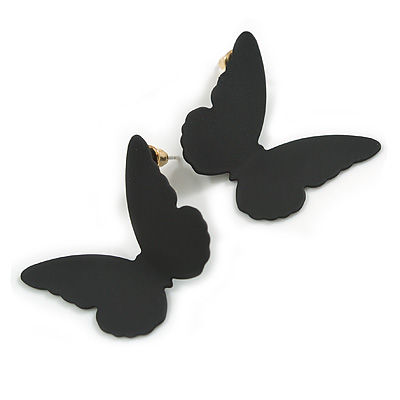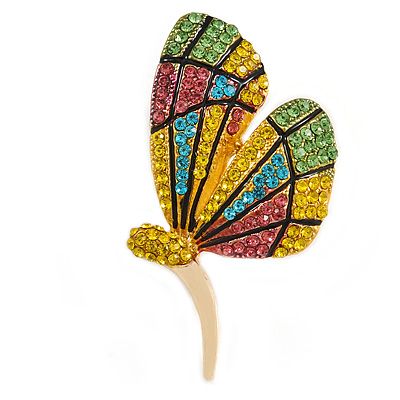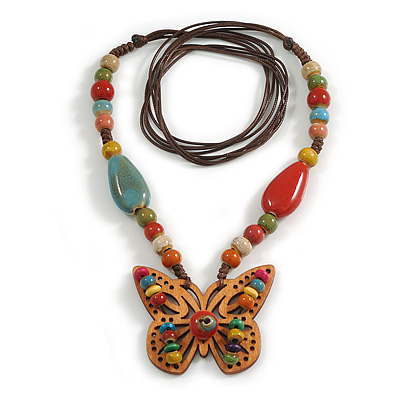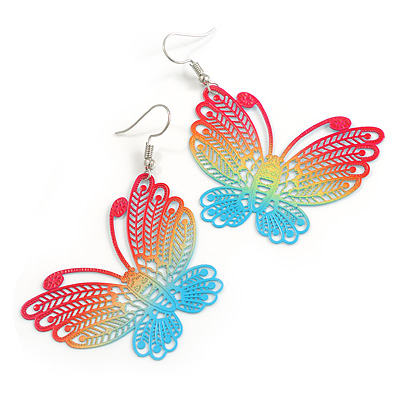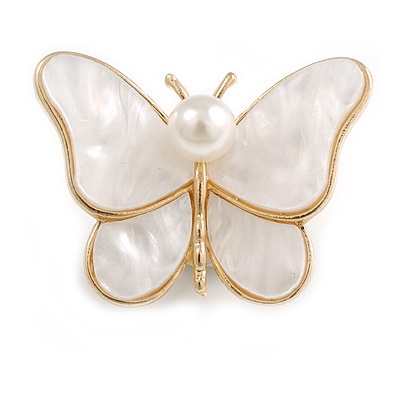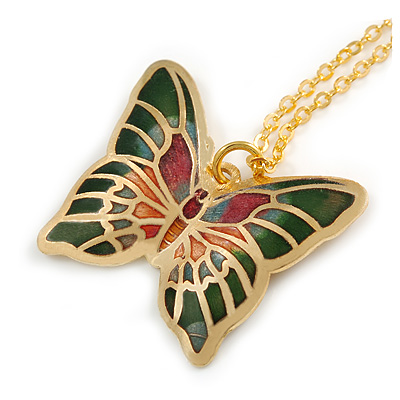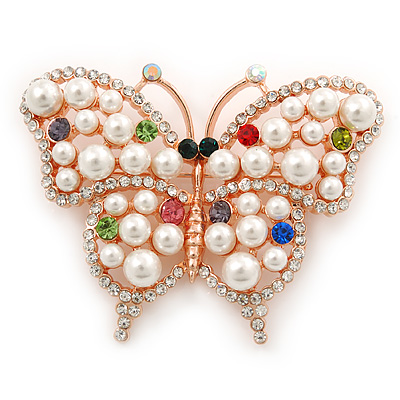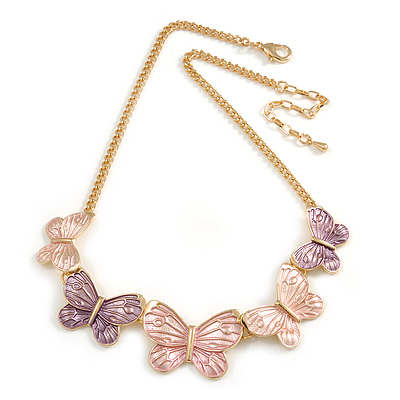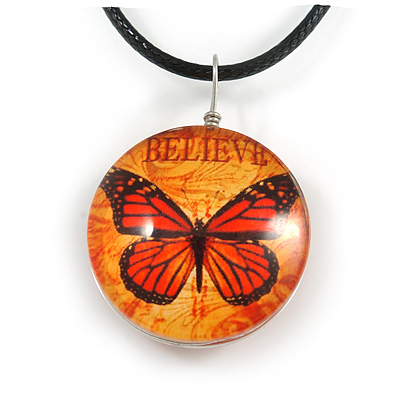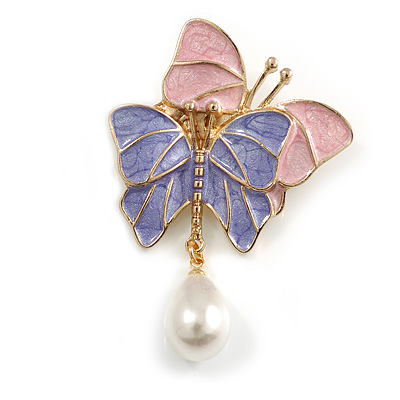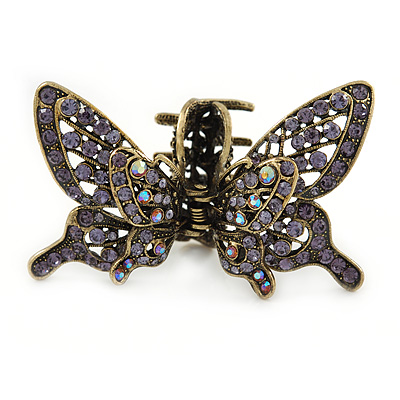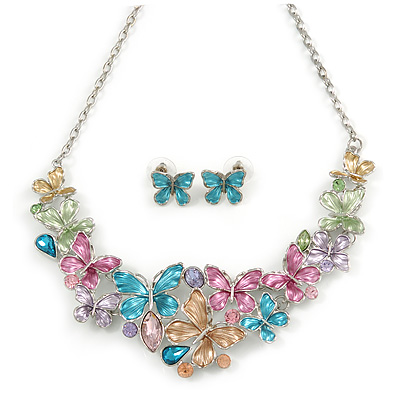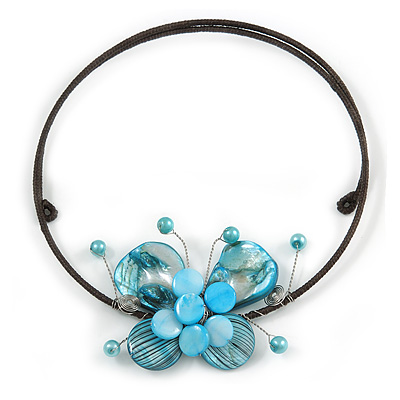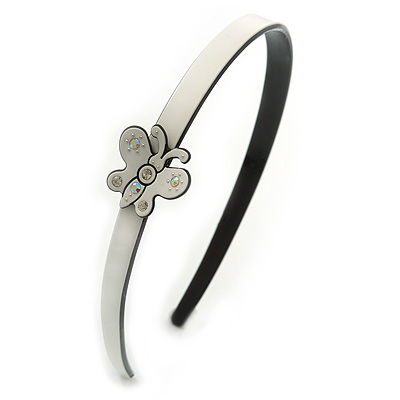found 0 products for: MULTI-LAYER X / GLASS X / BARRETTES / HAIR CLIPS X
Your search didn't return any results.
Please << go back to select a different criteria or have a look at some of our featured products below.Necklaces lengths is diverse and run the gamut from choker length to ultra long in 2008-2009 fashion jewellery trends. The multi-layered look is so popular, featuring several strands of diverse beads held together by a bold clasp. Beads are run the range from sparkling faceted crystals, earthy semiprecious stone beads, to natural wooden beads in unusual shapes. Expect to to find beads with interesting textures reminiscent of the primitive, tribal art at our jewellery store:
Glass fashion jewellery has been a staple in the industry for centuries, with its origins dating back to Ancient Egypt and the Middle Ages. In recent years, glass jewellery has experienced a resurgence in popularity, with designers and manufacturers incorporating this versatile material into their collections. In this article, we’ll delve into the world of glass fashion jewellery, exploring its history, types, and characteristics.
Glass has been used in jewellery-making for thousands of years, with the ancient Egyptians and Romans crafting intricate beads and pendants from this versatile material. During the Middle Ages, Venetian glassmakers perfected their craft, producing exquisite glass beads and ornaments that adorned the clothing and accessories of the wealthy. In modern times, glass jewellery has continued to evolve, with designers experimenting with different techniques and materials to create unique and stylish pieces.
Glass fashion jewellery has come full circle, from its ancient origins to its modern resurgence. With its durability, versatility, and affordability, it’s no wonder this material has remained a staple in the industry. Whether you’re looking for a statement piece or a delicate accent, glass fashion jewellery offers something for everyone. As designers continue to push the boundaries of this versatile material, we can expect to see even more innovative and stylish creations in the years to come.
Barrettes, also known as hair clips or clasps, have their roots in ancient civilizations. In ancient Greece and Rome, women used hairpins and combs to secure their hairstyles. The modern barrette, however, is believed to have originated in Europe during the 18th century. Initially, barrettes were simple metal clips used to hold back stray hairs or secure a bun. Over time, they evolved to incorporate decorative elements, such as enamel, gemstones, and intricate designs.
Barrettes and hair clips come in a variety of styles, each suited to specific hair types, lengths, and styles.
Pin-back barrettes: These classic barrettes feature a pin or clasp on the back, securing them to the hair.
Slide-back barrettes: These barrettes have a sliding mechanism that allows them to be easily removed and repositioned.
Snap-back barrettes: These barrettes feature a snap or toggle closure, providing a secure fit.
Hair slides: These are long, thin barrettes designed to slide through hair sections, often used for up-dos and ponytails.
Bobby pins: Small, hairpin-like barrettes used to secure stray hairs or add volume to hairstyles.
Barrettes and hair clips serve multiple purposes:
Hair decoration: They add a decorative touch to hairstyles, whether used as a statement piece or to complement a overall look.
Hair management: They help keep stray hairs in place, securing styles such as buns, ponytails, and up-dos.
Hair volume: They can be used to add volume or texture to hairstyles, particularly for those with fine or limp hair.


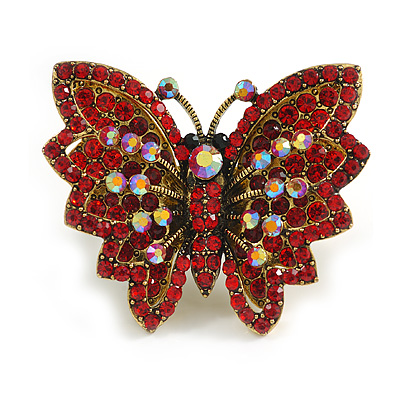
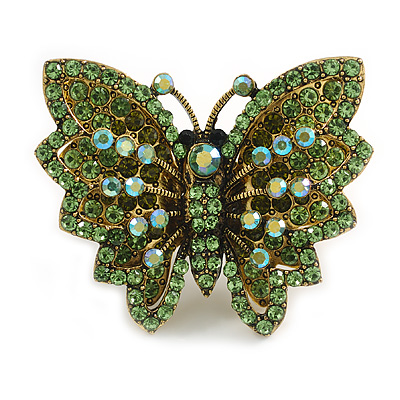
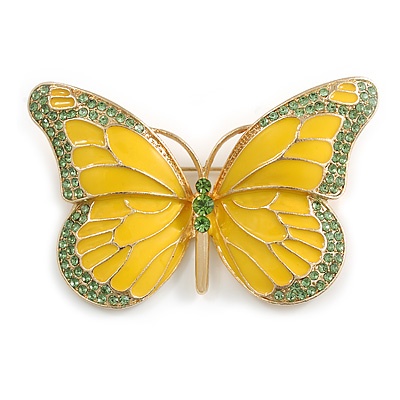

 £ 13.25
£ 13.25